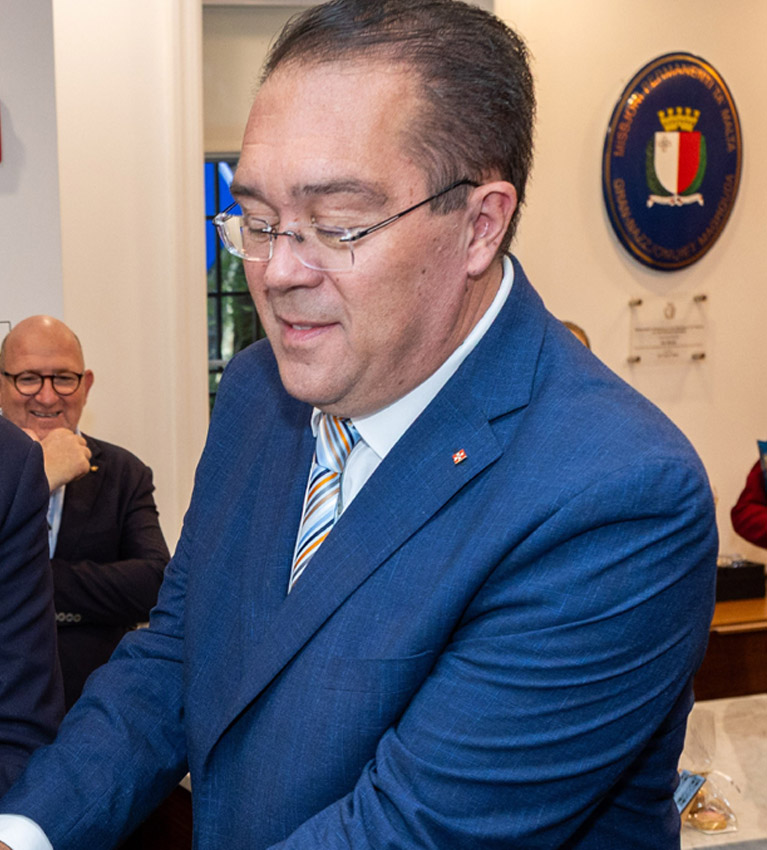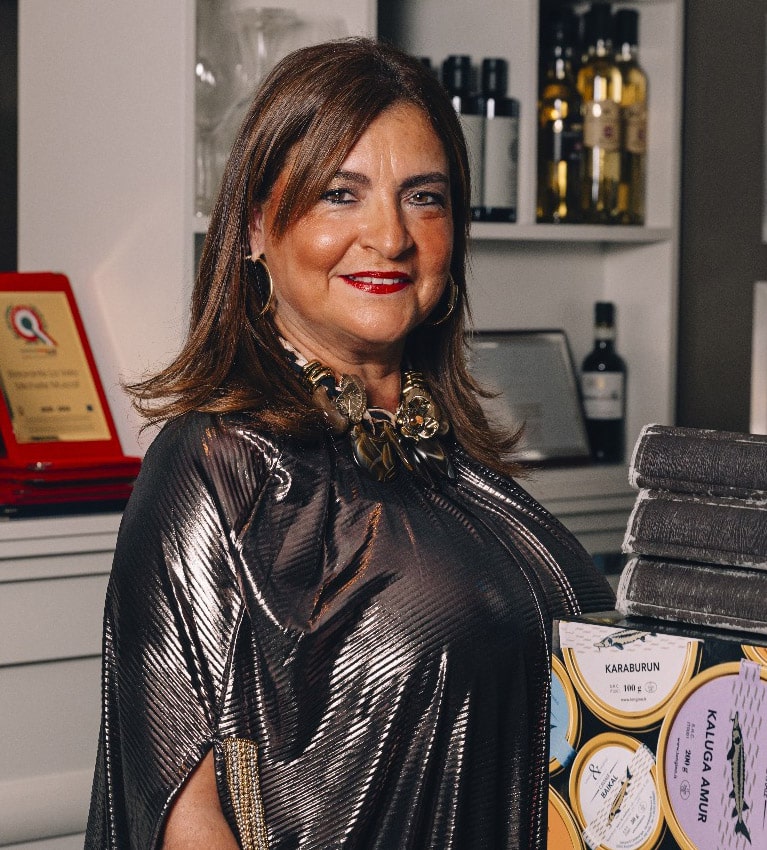
Basics in Understanding Flavour: Compounds & Chemicals pt.2
January 20, 2025

The Malta Food Agency: Elevating Malta’s Food Markets for the Horeca Industry
January 13, 2025
ME Malta: Set to Become the Archipelago’s New Cultural and Social Epicentre
January 20, 2025So all this translates to what? We know that each food is made of hundreds of distinct chemicals that make up its flavour, and that many of these compounds are shared between.
The more knowledge we gain about individual ingredients and their compounds the easier it is to pair ingredients and create a beautiful dish or an impressive cocktail. Heston Blumenthal had his famous blue cheese and chocolate dessert where he showed that the vast majority of compounds that made up the flavour of blue cheese were similar to the compounds in dark chocolate.
We can also design recipes and pairings by knowing the family of these chemicals, and their flavour attributes. For example, tomatoes get most of their flavour from sulphur and nitrogen-based chemicals.
Nitrogen rich foods in fact tend to taste meatier than most other compounds and sulphur-based compounds, while also providing a meaty flavour can also come out as having flavours of garlic or egg, two other ingredients rich in sulphur-based compounds.
But not always, sulphur and nitrogen-based compounds can have some nasty chemical surprises, like the burn you get from wasabi, mustard and horseradish (isothiocyanates), or the sinus-melting spice you get from garlic or onion (methyl allyl sulphide).
But compounds, chemicals and flavour are complex, so obviously (sarcastic tone) we have other compounds that indirectly or directly contribute to flavour and can help us design recipes better.
We have compounds called stereoisomers that are mirror images of each other, like r-limonene and d-limonene, giving us either and orange or a lemon flavour, just like carvone in caraway and mint are stereoisomers of each other.
There are then compounds that have some strange effects on our physiology. Miraculin, a chemical found in miracle berries, temporarily change all your tastebuds into sweet tastebuds and all you’ll be able to taste is sweet for a few hours. Cynarine is an acid-based compound, that covers all your taste buds in a thin, strange membrane and causes you to taste everything sweet for a few minutes, although you will still be able to taste the other tastes.
Some compounds, especially those bound to ‘sugar’ molecules, are so tightly bound that only bacteria and fungi from fermentation can ‘unlock’ them. Raw cacao, coffee and tea are all almost flavourless before fermentation. The flavour molecules that occur after fermentation can be super strange like trimethyldihydronaphthalene, that gives petroleum and Riesling wines their petrol like scent. But bacteria and fungi can also create their own compounds, like aspergillus oryzae creates glutamic acid while lactobacillus creates lactic acid.
But it’s not only fermentation that can change the flavour of an object. Every physical action, be it thermal or otherwise, also changes the flavour of every food. Even leaving food alone will change them. Enzymes in food will change their flavour over time, aged meats and fish become better then eventually worse, with other ingredients getting progressively worse. Even storing foods in the fridge changes flavour. Temperatures under seven Celsius will increase the sugar content of potatoes while the same temperatures will make tomatoes lose their tomatine compound.
Actions like cutting, chopping, blending and rubbing, just to name a few, will also drastically change these compounds. Even the simple act of chewing will break food in our mouths, increasing surface areas of the food and increasing flavour, along with the help of the enzymes in saliva. While we are chewing, we are damaging cells and releasing even more volatiles. Interestingly Japanese flavour scientists also noted that even the way we rub a leaf of mint will drastically changes its flavour.
Then we have cooking - every cooking method will change the flavour of the food, poaching and boiling will cause water soluble molecules to transfer to the cooking liquid, same with fat soluble molecules while making a confit. Take the humble carrot for example, most of its compounds are water soluble, so put a carrot in a broth and its flavour will transfer brilliantly, but the carrot loses flavour. Roast that carrot and most of the flavour stays intact.
But it is dry cooking methods above 120 Celsius that causes the Maillard reaction to peak. Lower temperatures can still cause the Maillard reaction just at a far slower rate.
During the Maillard reaction some molecules are lost, sugars & proteins caramelise, and molecules break down and completely rearrange themselves into new molecules. New, meaty molecules like pyrazines and hexanol get created and a completely new flavour comes forth. Add smoke from different wood charcoals and new compounds catch on.
I wish I could go into the subject deeper, but it’s so complex and new that even the very best scientists are still learning about this subject. Luckily, we have machinery like mass spectrometers that can identify and record these compounds. And yet, as important as these chemicals are, it still takes our whole body and mind to perceive these chemicals.
So the truth is that flavour is made from chemicals, chemicals make up ingredients, but we are all wired differently, and flavour is subjective to the individual, and while understanding how compounds work is fantastic we also have to consider the rest of the equation. We have covered touch, taste, smell and obviously chemicals but there is so much more.
Sound, sight, nostalgia, colour, light, how we cultivate the ingredients, past experiences, personal preferences, and other physiological and psychological all effect the way we perceive flavour.
Flavour and flavour perception is a beautiful and complex thing. The more we understand the subject the easier it is for us to create new and exciting flavour combinations, and the easier it is for us to understand our clients.
But ultimately this knowledge gives us the understanding to elevate our own boundaries and skillset, to tweak dishes, elevating them to the sublime

Keith Abela
Keith Abela is a forager, product developer and local food consultant. Who spends all of his time researching the delicious, rare and unique ingredients Maltese nature has to offer. He has a particular interest in multisensory flavour perception and all things fungus.
Click here to see Horeca Issue 18 online



